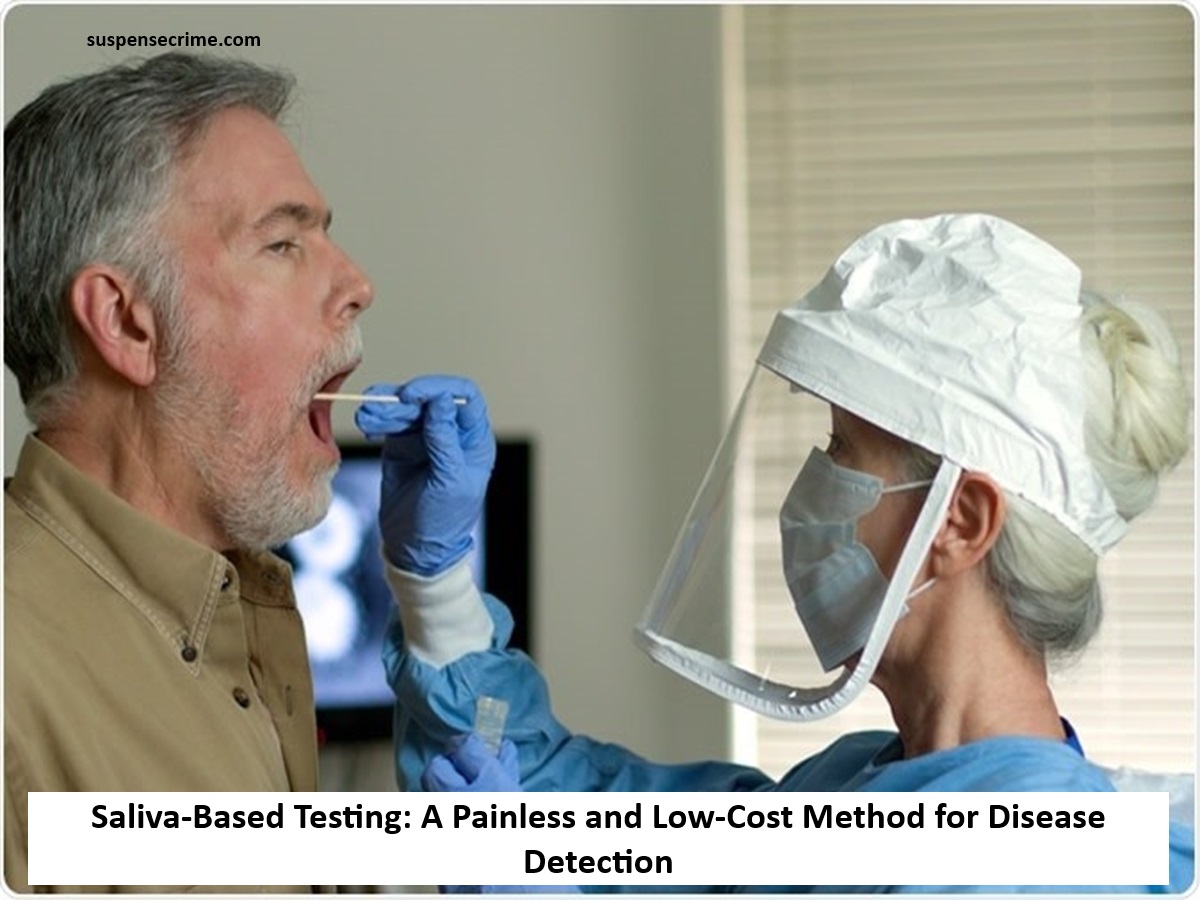
Suspense crime, Digital Desk : Since the onset of the COVID-19 pandemic, the application of saliva in detecting diseases has increased significantly. For example, India used this method for COVID testing because of how simple, inexpensive, and non-invasive it was. Saliva diagnostics hold great promise as substitutes for conventional blood and biopsy tests.
Historical Context of Saliva in Medical Diagnostics
The concept of using saliva in health diagnostics is not entirely recent. Saliva was utilized for hormone assessment and drug detection in the 1980s. In the 1990s, it was also used to test for HIV. Technological advancements have made it possible to conduct tests with higher precision and effectiveness, allowing for a greater number of conditions to be detected using saliva as a sample.
Advancing Technologies Exploit New Avenues in Precise Detection
In small quantities, saliva has a specific composition of DNA, RNA, proteins, and fats that may indicate disease. Newer technologies allow for the detection of minute changes occurring at the cellular level. Hence, saliva has the potential to aid in the diagnosis of diabetes, heart disease, Parkinson’s, Alzheimer’s, and several types of cancer.
Application of Saliva in Dental Health
Saliva also serves an equally important function in the diagnostics of dental diseases. It assists in predicting the likelihood of developing gum diseases and helps in early diagnosis of tooth decay, which is crucial in preventive dental care.
How Saliva Can Detect Disease: Raman Spectroscopy
Raman spectroscopy employs light to check saliva for an accumulating irregularity which changes during a disease. Scientists illuminate a sample of saliva and record a unique "fingerprint" of light that represents an internal body activity. This Raman technique is actively used in the diagnosis of oral carcinoma among other disorders. It is also used to measure stress and find out if there is any infection in the body.
Read More: Cardiologist Dr Jivitesh Satija Lists Healthy Looking Foods That Act Like Slow Poison

 Share
Share



